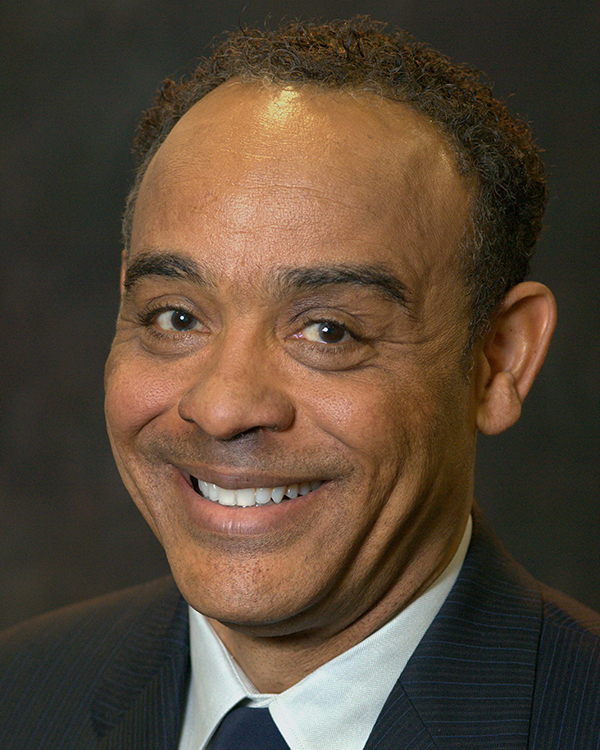By John Grace
Contributing Columnist
After the burst of the technology-driven stock market bubble of 1997-99, Warren Buffet said it best in 2000, “Nothing sedates rationality like large doses of effortless money.”
And here we go again with millions of Americans putting their money on the stock market roulette wheel making significant money since the March 2020 low with the beginning of COVID-19.
This raging bull market has produced fantastic gains to investors, via index funds, stock picking and short-term trading. You may recall how day trading was quite the rage before the dotcom crash of 2000-02 that sent the Nasdaq Composite down 78%, from peak to trough. As I well remember, from about 1995 to 2000, while the Dow and the S&P 500 enjoyed a 200% gain, the Nasdaq experienced a 400% increase.
This would mean that a $100,000 account in 1995 grew to approximately $200,000 with the Dow and S&P 500, but the Nasdaq took the same $100,000 to $400,000. That’s the good news.
The bad news is after a loss of 80% or $320,000, what was $400,000 became $80,000. Further, it took Nasdaq 15 years to recover from the first big tech-crash. You may not have as much time to recover when the grits hit the pan again.
No one can predict the future, but we can prepare for the good, the bad and the unforeseen. For help with that task, let’s turn to Harry Dent, founder and president of Dent Research. Last month, the Dow posted its best month since 1987, and both the Dow and the S&P 500 marked the best November since 1928.
Now before you start singing, “Happy Days Are Here Again,” please notice what Rodney Johnson, president of HS Dent Publishing, reminds us, that the 1928 “best November” happened before the crash of 1929. Could it be déjà vu all over again?
The Roaring 20s started with a bang and ended with a bust. The Great Depression “officially” began Aug. 1, 1929 and ended Feb. 28, 1933, three years and seven months later. Depending on your source, while historical stock charts seem to indicate that it took more than 25 years for the market to fully recover from the crash, “An investor who invested a lump sum in the average stock at the market’s 1929 high would have been back to even by late 1936, less than four and a half years after the mid-1932 market low,” opined Mark Hulbert in the New York Times in April 2009.
One thing I have learned over the past 41 years is that many investors hate market losses far more than they love market gains. Which means instead of trying to fit in an investment labeled conservative, moderate, or aggressive it is far more valuable to discover, probably for the first time, how much loss is OK with you. Here’s why.
In our conversations, Harry Dent asserts that there is a pattern worth observing. According to Yahoo Finance, stock investors experienced a loss of 20% in the fourth quarter of 2018, followed by a drop of 35% in the first quarter of 2020. Notice the second loss was lower than the first loss.
Dent believes there is another loss baked in the cake of 41%, which he expects to show up in the second quarter of 2021. And that first leg down, may be just the beginning of a more dramatic correction.
If you like keeping track of numbers, you might keep your eyes on the S&P 500. As the largest basket of stocks keeps testing the top trend line of 3,750, Dent would not be shocked to see a low of 2,100 after the first quarter 2021. Could this finally be it, you ask?
Harry Dent put it this way, “This bubble has outlasted all others in stocks for going on nine years by the most conservative measure since the first-correction bottom in late 2011. Only the Japanese stock bubble has made it even to six years.
“The two big U.S. ones in 1925-1929 and 1995-2000 were more typical, and both closer to five years. The shortest and sharpest was the Shanghai Composite bubble, up six times in just two years,” Dent added.
“All such bubbles in history crash badly, with no exceptions! And this one is the greatest by far. It’s the most global and spans all of the financial asset sectors: stocks, real estate, bonds, gold, and a new one, cryptocurrencies.”
This isn’t my first time to the rodeo. Thanks to 1987, 2000-02. 2000-09, fourth quarter of 2018, and first quarter of 2020, we have a one-two punch for investors who might like to limit their losses.
First, apply active management strategies to accounts holding cash, bonds, and stocks. Two, diversify unlike you have ever diversified before. This is not a recommendation, but we can learn from the best and the brightest.
It is worthy of note that the Yale Endowment at $31.3 billion in their September 2020 report holds 2.25% of U.S. stocks, 7.5% of bonds and cash, 11.75% foreign stocks, 9.5% real estate, 4.5% natural resources, 17.5% leveraged buyouts, 23.5% of absolute return and venture capital respectively.
That makes for eight asset classes or legs underneath the portfolio. Now may be the best of times to add new legs to your life savings as you employ active management strategies that can move out of risk assets into money markets or cash in a bad year and back into risk assets after the smoke has cleared in a good year.
Be not surprised is today’s highest flying becomes tomorrow’s hardest falling. Discover before year end how you might win by losing less.
No one can predict the future, but we can prepare for the good, the bad and the unforeseen.
John L. Grace is president of Investor’s Advantage Corp, a Los Angeles-area financial planning firm that has been helping investors manage wealth and prepare for a more prosperous future since 1979. His On the Money column runs monthly in The Wave.













